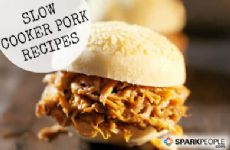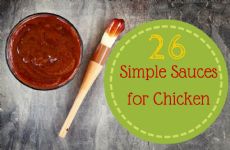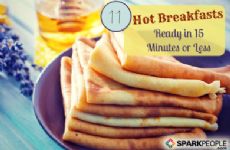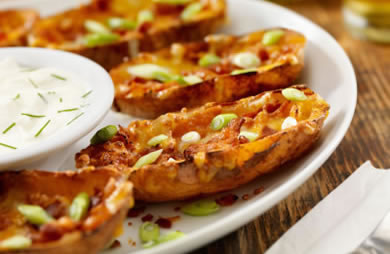|
Poor bread. It's never fully recovered from the low-carb craze of the late 1990s and early 2000s, which sent millions of people scrambling for no-dough alternatives to bread, pastries and pizza crusts. We've since learned that carbs aren't all bad, and in fact are an essential source of fuel for healthy bodies. Even so, many dieters continue to keep their carbs on the down low. Enter cloud bread. It may not have fallen from the heavens as its name implies, but many health-conscious eaters have hailed it as a dietary blessing. A quick Instagram search yields nearly 7,000 images of the light, fluffy, dough-less wonder. But what exactly is it, and is it really good for you? A grain-free alternative to traditional bread, cloud bread (originally known as "Cleochatra’s Oopsie Rolls") is typically made from eggs, cream cheese, some sort of sweetener (such as sugar or honey) and a little salt. You can add other spices, seeds and nuts to your preferred taste as well. The main benefit of cloud bread is that it consists mainly of protein and fat, with very little carbs (just 0.5 grams per serving). It's also gluten-free, making it a good dough alternative for those who have celiac disease or simply can't tolerate gluten. One drawback is that cloud bread contains far less fiber, vitamins and minerals than wheat-based breads. Although cloud bread and other substitutes may fit the criteria for weight loss programs due to their low carb content, SparkPeople dietitian Becky Hand warns they're not always as healthy as they seem. "In these recipes, when the grain (flour) is removed, the carbohydrate content goes down—but then high-fat ingredients are substituted, such as cream cheese and full-fat mozzarella cheese. In many cases, the substitute item ends up having approximately the same calorie amount as many bread products, yet they contain 70-75 percent of the calories from fat and up to 37 percent of the calories from saturated fat." Alissa Rumsey, registered dietitian and spokesperson for the Academy of Nutrition and Dietetics, says that although you shouldn't expect cloud bread to have the same taste or texture as grain-based breads, it can serve as a good base for various toppings, such as a mini pizza, dips or sandwiches. "For people who tolerate wheat and enjoy bread, I wouldn't recommend completely cutting out regular bread, but cloud bread could be a good alternative to try on occasion," says Rumsey. Outside of the cloud, other bread alternatives have caught the attention of those seeking a healthier, grain-free sandwich substitute:
Have you tried cloud bread, or would you like to? |
More From SparkPeople
|




.jpg)



.jpg)














